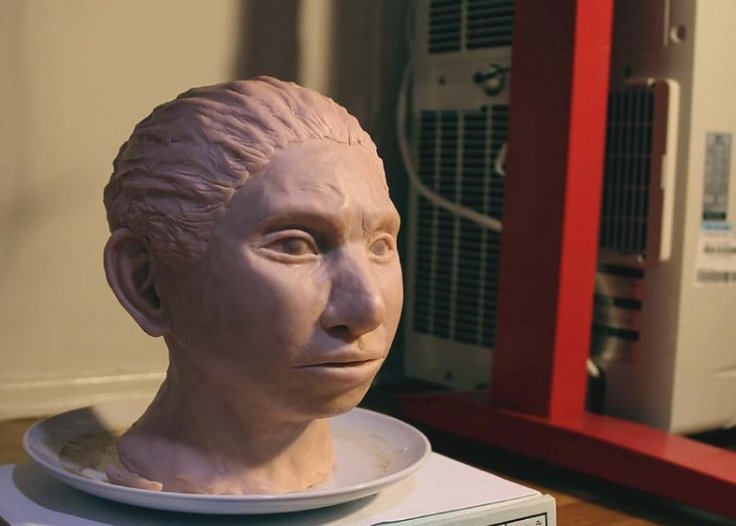
Scientists have previously revealed that Denisovans, a mysterious group of human beings had once lived along with Neanderthals. Now, experts have shared an image that shows the features of these ancient humans.
Researchers created this image with the help of a few bones and teeth recovered from a cave in Siberia. During the study, researchers also made use of a sequenced Denisovan genome and compared it with modern humans.
Even though fossil records of Denisovans are incredibly sparse, experts believe that these ancient ancestors of humans lived throughout Asia. Denisovans not only interbred with Neanderthals but also with archaic Eurasian humans. It should be mentioned that Denisovan DNA still exists in some modern humans.
This study revealed that researchers who took part in this study went through a different route than normal reconstruction: DNA methylation data. This process primarily relies on gene activity patterns, which are basically chemical modifications that do not alter the actual DNA sequence.
"We provide the first reconstruction of the skeletal anatomy of Denisovans. In many ways, Denisovans resembled Neanderthals, but in some traits, they resembled us, and in others they were unique," said Liran Carmel, a researcher at the Hebrew University of Jerusalem, and the author of the study, Science Daily reports.
Researchers found that 56 facial features of Denisovans were different from Neanderthals and modern humans. Out of these 56 facial features, 34 of them were in the skull alone.
A few months ago, another study report suggested that both Neanderthals and human beings had a common ancestor, and they might have diverged at least 800,000 years ago. Scientists made this conclusion after comparing thousands of Neanderthal and human teeth. Researchers who took part in the study also made it clear that more research should be done to unveil the mysteries regarding this common ancestor.
The study was published in the journal Cell Press.










